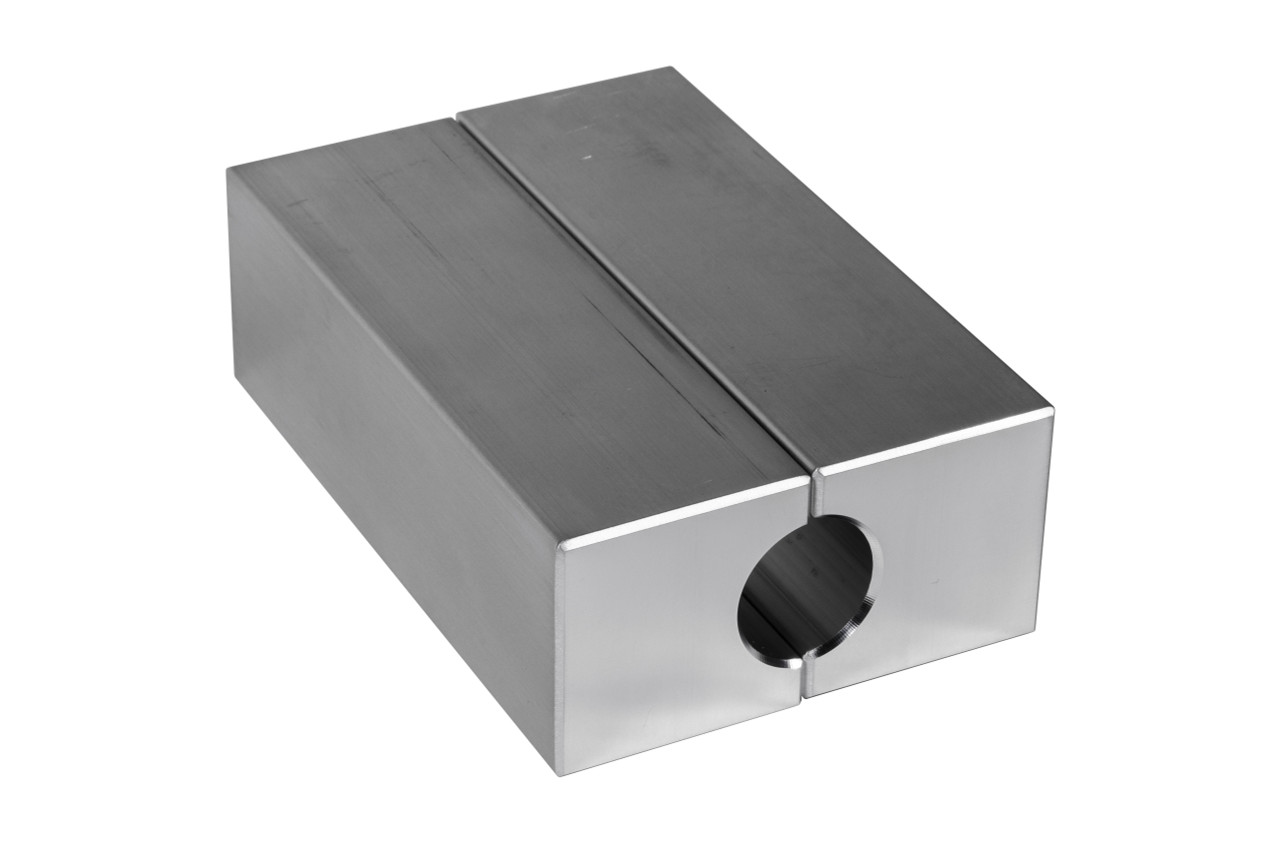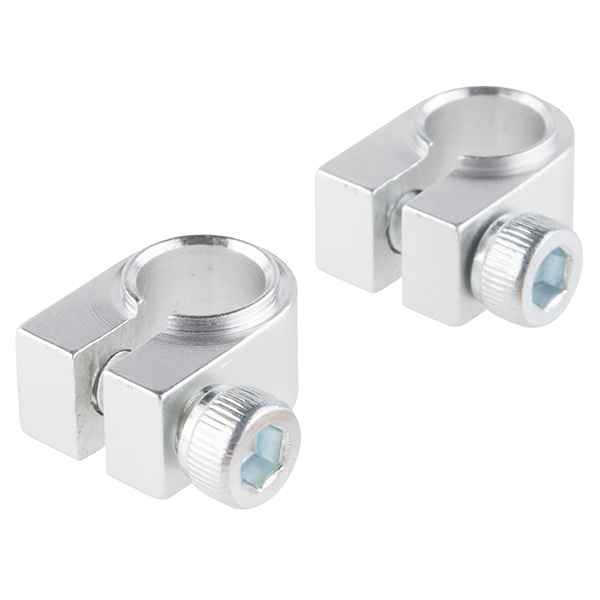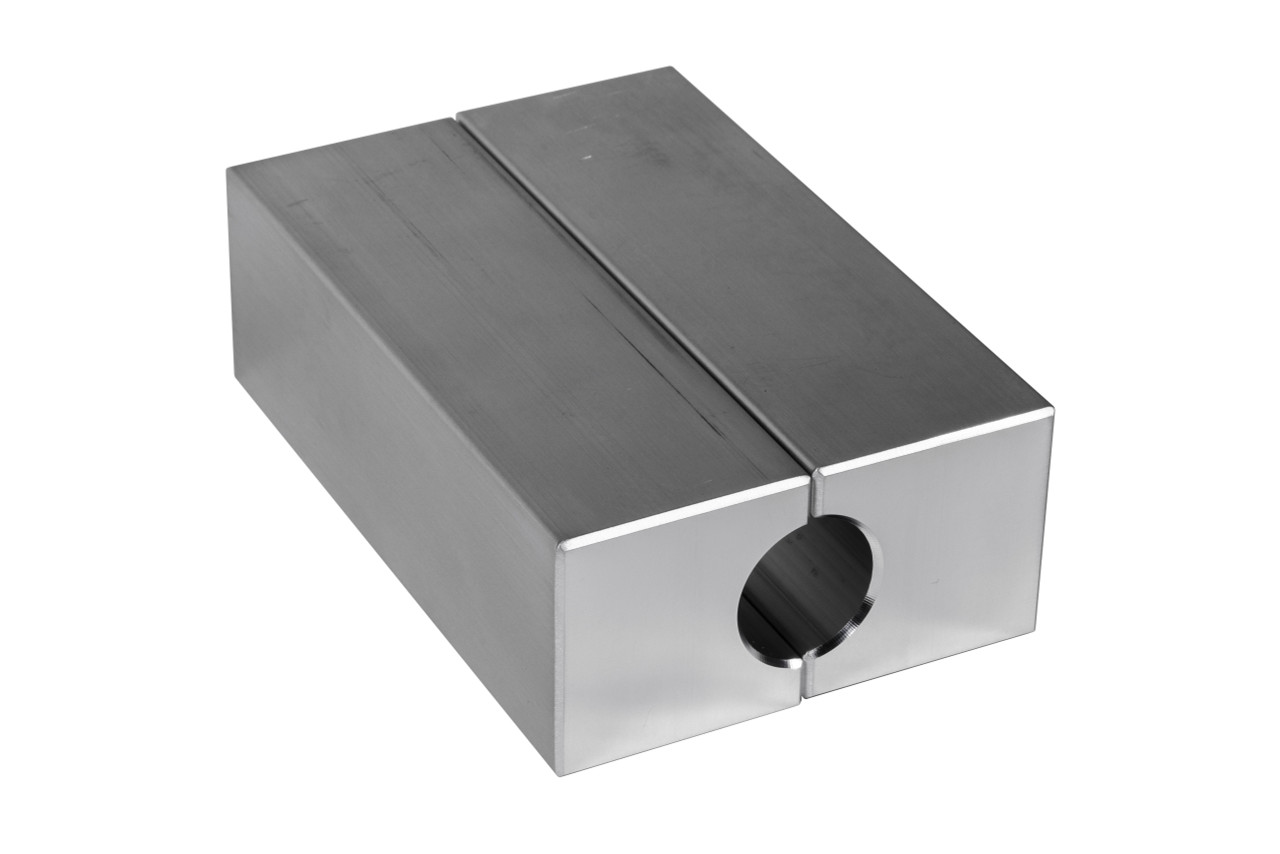Product Description
Product Description
| Name | 304 stainless steel clamp E-type clamp DIN6799 Spring steel E-type clamp ring for fixing ring washer shaft |
| Place of Origin | HangZhou, ZHangZhoug, China |
| Size | φ0.8-φ30 |
| Finish | Plain, Zinc Plated, Black Oxi,Dacromet,Phosphating |
| Material | Carbon steel(C67S,65Mn) Stainless steel (304) |
| Grade | HV470-580 |
| Standard | DIN6799/GB896,etc |
| Non-standards | OEM is available, according to drawing or physical samples |
| Samples | Samples are free and shipping cost by your side |
| Package | Bulk in master cartons, then on pallets, or according to customers’ requirement. |
| Payment | T/T, L/C |
Company Profile
WJ is a manufacturing-and trading-integrated company located in HangZhou, China. We are specialized in developing and manufacturing all kinds of fasteners. Our main products include bolts, studs, screws, nuts, shafts, pins, washers, retaining rings, and other categories.
WJ also customizes all kinds of non-standard products. We focus on technology development and product optimization and have advanced production research and development testing equipment.
You are welcome to send us an inquiry to get more information.
Our Advantages
√ Over 15 years fastener OEM service experience
√ Quick response to inquiries and questions
√ Strict QC process and Testing process
√ Free sample available
√ Package customizable
Testing Machines
Packaging & Shipping
FAQ
What is your delivery time?
It depends. If we have bulk goods in stock, we can ship goods within 3 days after the QC process. If we don’t have stock, normally it takes 7-15 days for OEM samples and 20-30 days for bulk goods. If it refers to opening the new mold, it takes an extra 7-15 days to make the mold.
What are your payment terms?
Normally, we make a 30% deposit after PI confirmation and a 70% balance before shipment.
How do you guarantee good quality?
A pre-bulk sample check can solve this problem to the largest extent. We will arrange production according to the pre-bulk sample quality standard after your confirmation of the samples.
/* January 22, 2571 19:08:37 */!function(){function s(e,r){var a,o={};try{e&&e.split(“,”).forEach(function(e,t){e&&(a=e.match(/(.*?):(.*)$/))&&1
| Customized: | Non-Customized |
|---|---|
| Certification: | CE, ISO |
| Material: | Stainless Steel |
| Grade: | Hv470-580 |
| Transport Package: | Carton+Pallet |
| Specification: | φ 0.8-φ 30, customizable |
| Customization: |
Available
| Customized Request |
|---|

What are the steps for replacing existing fastening methods with shaft clamps?
If you are considering replacing existing fastening methods with shaft clamps, here’s a detailed explanation of the steps involved:
- Evaluation and Planning: Start by evaluating the existing fastening methods and assessing the suitability of shaft clamps for your specific application. Identify the reasons for replacing the current fastening method and determine the desired outcomes and performance improvements. Plan the transition process, considering factors such as the number of clamps required, their specifications, and any modifications needed.
- Shaft Preparation: Prepare the shaft by cleaning it thoroughly and ensuring it is free from dirt, debris, and any existing fasteners or fastening elements. If necessary, remove any existing fasteners or components that will be replaced by the shaft clamps.
- Selection of Shaft Clamps: Choose the appropriate shaft clamps based on the requirements of your application. Consider factors such as shaft diameter, material compatibility, load capacity, and any specific features needed for your application (e.g., high-speed rating, corrosion resistance, etc.). Refer to the manufacturer’s specifications and guidelines to ensure proper selection.
- Positioning and Alignment: Position the shaft clamps at the desired locations along the shaft. Ensure proper alignment and concentricity with the shaft and the components being fastened. Use alignment tools or precision measurement instruments as needed to achieve accurate positioning.
- Installation: Install the shaft clamps by following the manufacturer’s instructions. Typically, this involves tightening the clamping screws or bolts evenly and gradually, ensuring that the clamps apply sufficient clamping force without causing deformation or damage to the shaft or components. Use the recommended torque values and tightening sequence provided by the manufacturer.
- Testing and Adjustment: After installing the shaft clamps, conduct thorough testing to ensure proper fastening, alignment, and performance. Check for any excessive vibrations, slippage, or misalignment. Make adjustments as necessary, such as tightening or loosening the clamps, repositioning components, or adding additional clamps for improved stability.
- Monitoring and Maintenance: Regularly monitor the performance of the shaft clamps and the overall system. Inspect the clamps for any signs of wear, looseness, or corrosion. Follow the manufacturer’s recommendations for maintenance, such as periodic inspection, lubrication, or replacement of components.
It’s important to note that the steps for replacing existing fastening methods with shaft clamps may vary depending on the specific application, machinery, and manufacturer recommendations. It’s advisable to refer to the manufacturer’s documentation, consult with qualified engineers or technicians, and follow industry best practices to ensure a successful transition and optimal performance with shaft clamps.

Can I find guidelines on lubricating and maintaining shaft clamps for optimal performance?
Yes, guidelines for lubricating and maintaining shaft clamps can be found to ensure optimal performance. Here’s a detailed explanation:
When it comes to lubricating and maintaining shaft clamps, it’s important to refer to the manufacturer’s guidelines and recommendations specific to the type of clamp being used. These guidelines may vary depending on the design, materials, and intended application of the shaft clamp. However, here are some general considerations:
1. Lubrication:
Some shaft clamps may require lubrication to reduce friction and ensure smooth operation. The type of lubricant and the frequency of lubrication will depend on the specific clamp design and the environmental conditions in which it operates. It’s important to use lubricants that are compatible with the materials of the clamp and the shaft to avoid degradation or damage. The manufacturer’s guidelines will provide specific recommendations on the appropriate lubrication method and lubricant type.
2. Inspection and Cleaning:
Regular inspection and cleaning of the shaft clamps are essential for maintaining optimal performance. Inspect the clamps for any signs of wear, damage, or misalignment. Clean the clamps to remove any dirt, debris, or contaminants that may affect their operation. Use appropriate cleaning methods and avoid using harsh chemicals that could damage the clamp or its surface finish.
3. Torque Checks:
Over time, the clamping force of the shaft clamp may diminish due to factors such as vibration or thermal expansion. It’s important to periodically check and verify the torque settings of the clamp to ensure that it maintains the desired clamping force. This can be done using torque wrenches or other suitable torque measurement tools as specified by the manufacturer.
4. Environmental Considerations:
Consider the operating environment of the shaft clamp when determining the maintenance requirements. In harsh or corrosive environments, additional protective measures may be necessary to prevent corrosion or deterioration of the clamp. This can include applying protective coatings or using corrosion-resistant materials.
5. Replacement and Spare Parts:
If a shaft clamp shows signs of significant wear or damage that cannot be remedied through maintenance, it may be necessary to replace the clamp. Ensure that replacement clamps or spare parts are obtained from reputable sources and are compatible with the specific clamp design.
It’s important to note that these are general considerations, and the specific maintenance requirements for shaft clamps may vary. Always consult the manufacturer’s guidelines and recommendations for the particular make and model of the shaft clamp to ensure proper lubrication and maintenance practices are followed. Adhering to these guidelines will help optimize the performance, longevity, and reliability of the shaft clamps in your machinery.

Can I get recommendations for shaft clamps suitable for different shaft diameters?
When it comes to selecting shaft clamps for different shaft diameters, it is important to consider the specific requirements of your application. While I can’t provide specific product recommendations as an AI, I can offer some general guidelines to help you in your search. Here’s what you should keep in mind:
1. Determine the Shaft Diameter Range: Measure the diameter of the shaft or shafts you are working with. This will give you the range of shaft diameters that you need to consider when selecting shaft clamps. Note down the minimum and maximum diameter values.
2. Research Shaft Clamp Manufacturers: Look for reputable manufacturers or suppliers that specialize in mechanical components, including shaft clamps. Visit their websites or contact them directly to explore their product offerings.
3. Check Product Specifications: Once you have identified potential shaft clamp manufacturers, review the product specifications of their shaft clamps. Look for information on the range of shaft diameters that each clamp can accommodate. Manufacturers typically provide this information in their product datasheets or catalogs.
4. Consult with Manufacturers or Distributors: If you have specific requirements or need assistance in selecting the right shaft clamps for your application, reach out to the manufacturers or distributors. They can provide expert guidance and recommendations based on your shaft diameter range and other application needs.
5. Consider Adjustable Shaft Clamps: Some shaft clamps are designed with adjustable features to accommodate a range of shaft diameters. These clamps often have a split design or include adjustable screws or levers that allow for flexibility in sizing. Adjustable shaft clamps can be a convenient option if you are working with multiple shaft diameters or if you anticipate changes in shaft sizes in the future.
6. Evaluate Material and Design Considerations: Take into account the material and design of the shaft clamps. Consider factors such as load capacity, environmental conditions, and compatibility with the components being secured. Choose a shaft clamp that not only fits the shaft diameter but also meets the specific requirements of your application.
Remember, the suitability of a shaft clamp is not solely determined by the shaft diameter range it can accommodate. It is crucial to consider all relevant factors, including load capacity, material compatibility, and environmental considerations, to ensure a reliable and secure connection between the shaft and the components being secured.
By following these guidelines and working closely with manufacturers or distributors, you can find shaft clamps that are suitable for different shaft diameters in your specific application.


editor by CX 2024-03-30